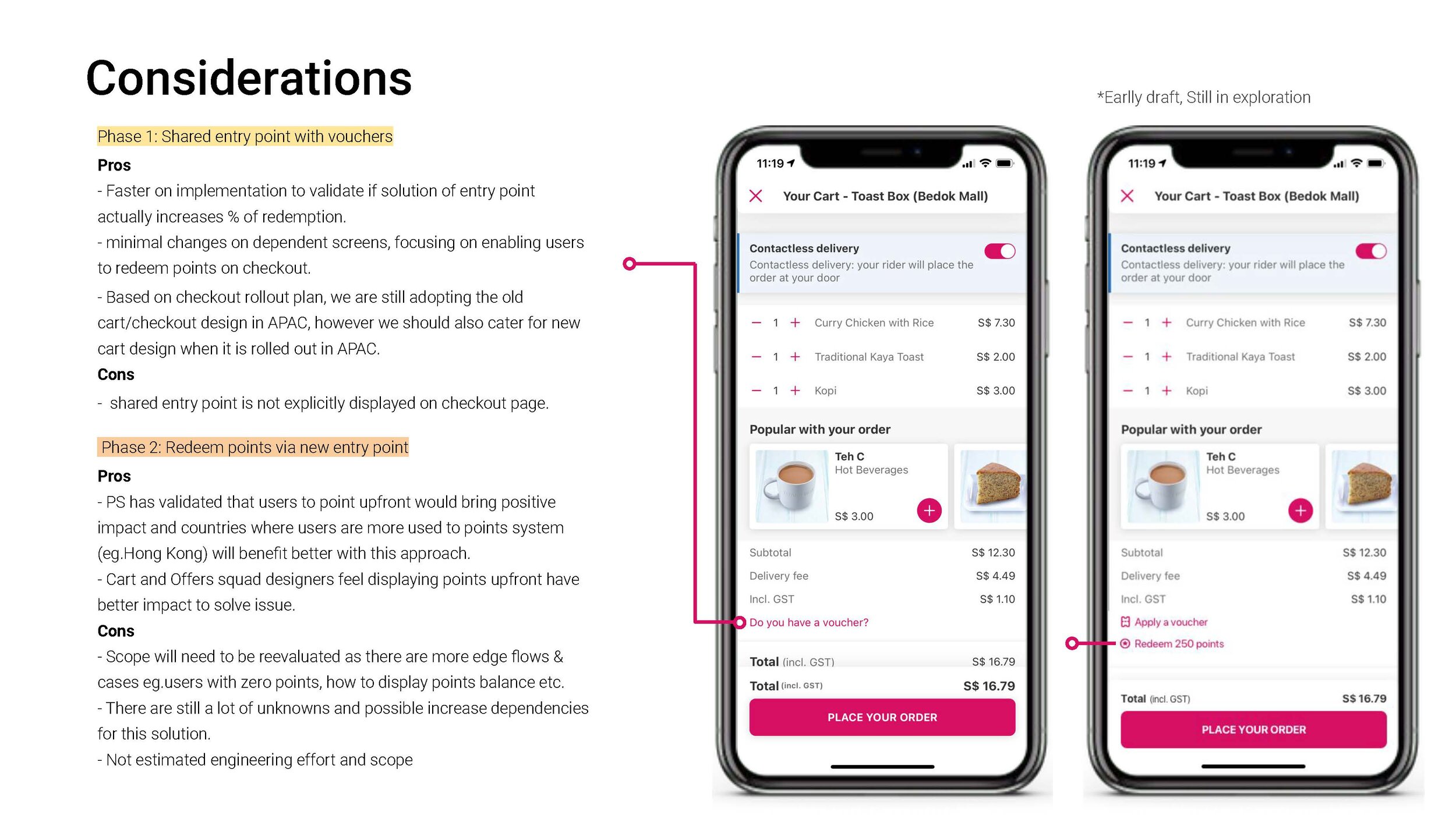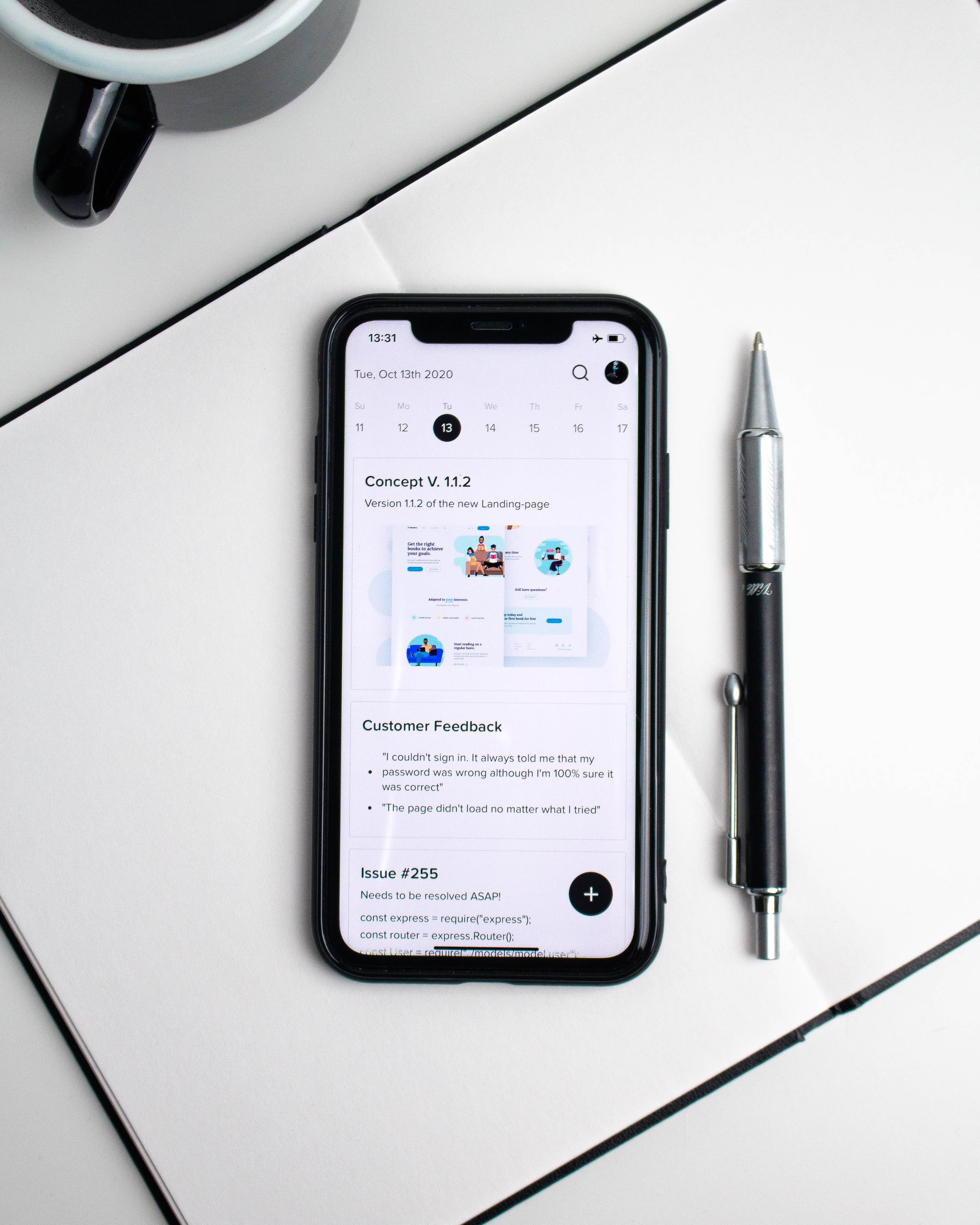foodpanda:
Loyalty & Gamification
I am part of the loyalty & gamification squad, working on customer facing products like points and gamification experiences, as well as internal Marketing Management Tool to make challenges and rewards visible to customers. I worked in foodpanda across 13 markets in APAC and EU (foodpanda, NetPincer, Damejidlio). I collaborate with counterparts in Berlin (Delivery Hero), as well as UX researchers, product specialists and product analysts.
Loyalty screens (Live)
Foodpanda (stylized in lowercase as foodpanda) is an online food and grocery delivery platform brand owned by Delivery Hero, which is headquartered in Berlin, Germany and operates with 20 brands in about 50 countries across four continents. he Foodpanda brand, currently used in Asia, Bulgaria and Romania, was acquired by Delivery Hero in December 2016.
When I first joined foodpanda as a product designer, I was intrigued by the amount designers working separately and together on projects in Singapore and Berlin. Prior to the pandemic, there was already a gap of time differences to bridge between the Singapore and Berlin team, so over-communication was invariable for success.
In the Loyalty squad, I shipped
6 core features &
5 feature enhancements
What is loyalty and gamification?
We have millions of users on our platform daily, but how do we convert these active users into loyalty users? We are essentially building a rewards program into a larger loyalty program with the objective of converting active users into loyal users.
Better experience, better engagement
Then, what do people think about reward program using gamification? We ran a campaign (in MY, TH, HK, PH, BD, TW and CA) to determine if a reward program using gamification would be successful in increasing retention and order frequency. The results were:
1. a reward program (within reasonable cost) can increase order frequency and retention.
2. User engagement to a Loyalty gamification product is positive when the appropriate segment is targeted (i.e.: active frequent, active steady, loyal or neither).
As we constantly reflect and improve our vision and goals, but the ultimate one is to create engagement by gamifying actions and rewarding users with incentives to promote loyalty.
Team dynamics
In our squad, it consist of a product manager, 2 engineers each for iOS, Android and Web. Being the product designer of the team, I usually start with rough lofi-wireframes with the workflow, so that it can be concurrent for our BE engineers to figure the engineering efforts behind. Depending on the type of features, considering the efforts for each device, I will have syncs with the different teams on individually.
Miroboard for each project1. Discovery & Solution Exploration
Background Research: Defining the project's core objectives, user needs, and any technical or business constraints.
Competitive Benchmarking: Analyzing competitor and industry-leading products to identify best practices, established UI patterns, and strategic opportunities.
Low-Fidelity Wireframing: Creating basic sketches and block diagrams to quickly explore different layouts, information structures, and user flow concepts.
Solution Exploration: Developing multiple distinct design variations and approaches for key screens to ensure a well-considered and robust final direction.
2. Experience & System Mapping
High-Fidelity Screen Flows: Building a comprehensive visual map that connects polished, final screen designs to illustrate the complete, step-by-step user journey from start to finish.
System Logic Flowcharts: Creating detailed diagrams for developers that outline the technical, backend processes, including:
Data validation rules
API interactions
Error states and how to handle them
All potential edge cases and alternative flows
3. Final Design Specifications & Handoff
Detailed UI Component Specifications: Providing precise design tokens and guidelines for every element, including:
Typography (font families, sizes, weights)
Color codes (hex)
Spacing and measurement values (margins, padding)
Interaction states (hover, pressed, disabled)
Screen Parity & Responsiveness Guidelines: Defining clear rules and providing visual examples for how the design adapts consistently across different devices (mobile, tablet, desktop) and platforms (iOS, Android).
Asset Preparation: Exporting and organizing all necessary visual assets (icons, images, illustrations) in the correct formats and resolutions for development.
4. Continuous Iteration
Stakeholder Feedback Loops: Regularly conducting reviews with product managers, engineers, and other key team members to present progress and gather input.
Design Refinement: Systematically incorporating the feedback received at every stage to continuously improve and strengthen the design before the final handoff.
How do we prioritise projects
Every quarter, each squad has to come out with a plan for each quarter, on main features as well as feature enhancements. As a designer, I would request a list of features that are critical for user experience, measuring it with effort and impact.
How I Design and Deliver
Some thoughts
My time in this role was a powerful lesson in collaborative problem-solving and rapid execution. I thoroughly enjoyed tackling user challenges alongside a versatile team of specialists, learning from each of their unique perspectives. The fast-paced environment was instrumental in honing my skills in precision design, quick turnarounds, and clear communication. It was a challenging, eye-opening, and ultimately formative experience that I wouldn't trade.
Floating action button (FAB)
Loyalty onboarding
O2 Points - Hackathon project
Redemption on Checkout
HYPOTHESIS
We believe that by introducing expiration into points, this can help users to be more aware of their accumulated points and instill a sense of urgency to users to redeem them. As data shows, there is a significant no. of users with points stored not redeemed. This creates:
Financial liability: Unexpired points would be a financial liability and brought forward every cycle of accounting till they are redeemed
A lack of urgency in redemption: Evidently the current burning rate is at 80% of the total population qualified users are not redeeming
A compliance issue as well with the APAC corporate finance terms
GOAL
Increase % of users redeeming points
Increase in # of points burned quarterly
INDICATORS
Monitor types/value of scratch cards redeemed
Monitor quarterly on a YoY points burn trendline
Monitor total # of points expired quarterly (reduce financial liability)

Proposal for Redemption on Checkout
















